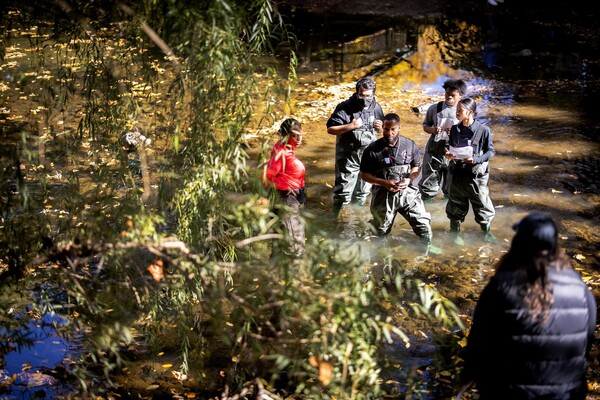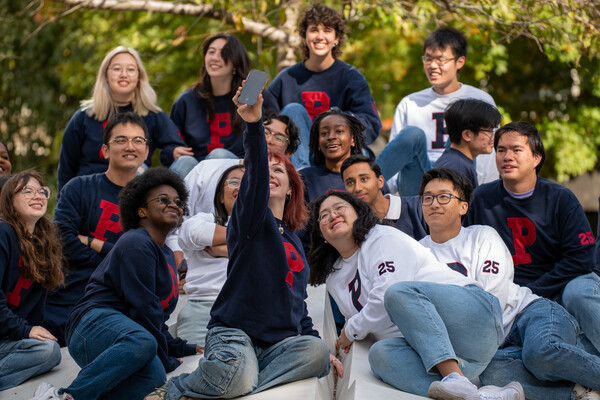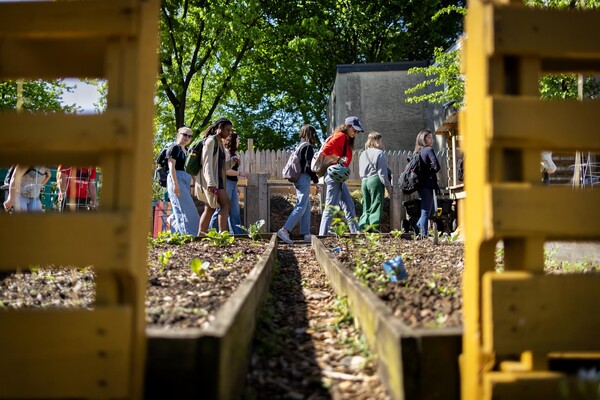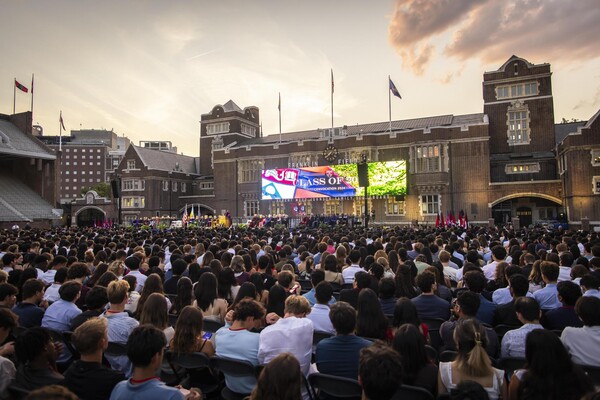College to certify computer proficiency
English and history are in the School of Arts and Sciences. Computer and information science is in the School of Engineering and Applied Science.
Starting in the Fall 2001 semester, the twain indeed shall meet in a new certificate in computing for students in the College — a unique effort to incorporate an applied digital technology program into the liberal-arts curriculum. “We do not know of any other elite private or public institution that has a program like this,” said Professor of Classical Studies Joseph Farrell, who headed the planning committee.
The faculty approved the proposal the first week in May.
Inspired by the Writing and the Speaking Across the University programs, the new certificate will require an introductory course and three upper-level courses. “When the program is fully developed, it is hoped that every academic discipline in the College will have at least one course with a substantial technological component,” stated the proposal. Students completing the courses will have their proficiency in computer skills indicated on their transcripts.
Until the College develops new courses, existing introductory and intermediate courses, such as Information Technology and its Impact on Society (Computer Science and Engineering 100) and Mathematics in the Age of Information (Math 210), will count towards completion of the certificate.
The planning included input from students, faculty and alumni.
A survey confirmed College students’ interest in computer skills as they head towards a variety of careers.
SAS alumni in information technology fields brought insight to the planning, said Farrell. “They contributed their perspective as people who have worked as professionals in IT but who had liberal arts degrees from Penn.”
Faculty involved in the planning included Cristle Judd, the graduate chair of the music department; David Williams, professor of psychology; Larry Gladney, associate professor of physics; and David Rousseau, assistant professor of political science.
“The idea grew out of conversations in the dean’s office and from the Faculty Committee on Learning and Technology on what we should be doing to teach our students,” Farrell said.







